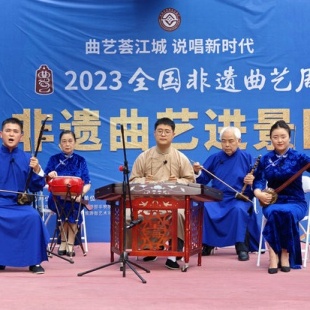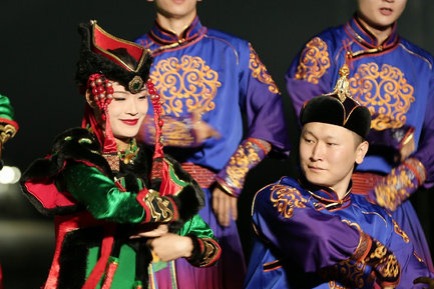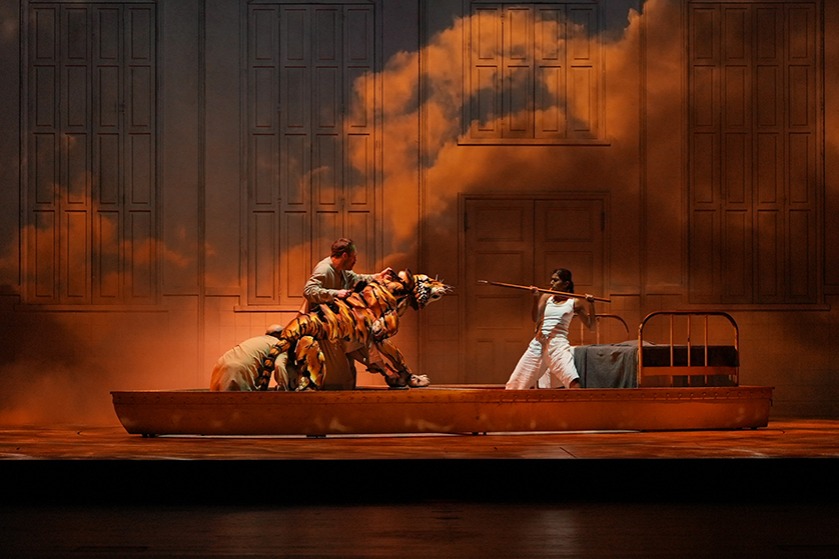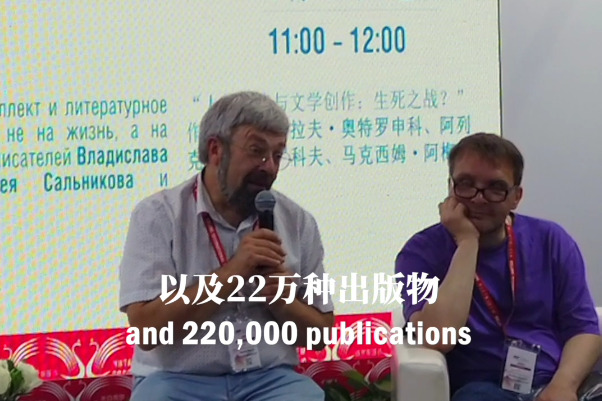Art form's beauty speaks for itself
Narration and singing deliver a compelling tale of heritage, Yang Feiyue reports in Chengdu.

The moment Wu Yun opened her mouth, her narrative-enhanced singing in crisp Sichuan dialect cut through the air at a small teahouse in the provincial capital Chengdu.
Under a soft spotlight, each of her facial expressions was magnified, revealing rich sentiments that ran from composure, doubt to elation. Her voice rose and fell, complemented by a background music from the Chinese hammered dulcimer yangqin, walking a roomful of ardent viewers through plots of a local legend and tugging at their heartstrings.
A cultural worker from the Guang'an district cultural center in Sichuan, she delivered the graduation performance after a 30-day training stint along with dozens of other students from different cultural and art fields.
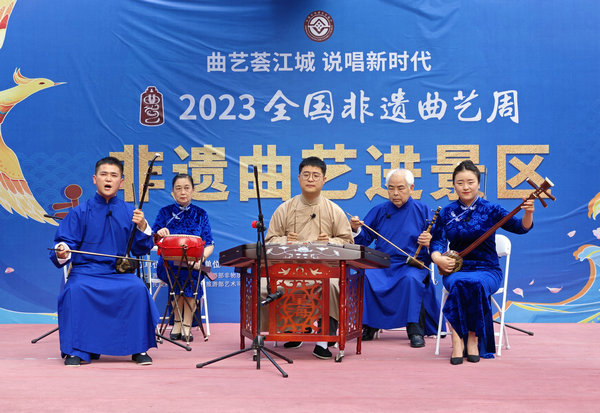
With dramatic expressiveness, they weaved tales such as Romance of the Three Kingdoms, Dream of the Red Chamber, and local folktales and brought to life the soul of Sichuan Yangqin, a traditional narrative musical art form that was named a national intangible cultural heritage in 2008.
Deriving its name from the primary accompanying instrument, Sichuan Yangqin's early acts typically involved a solo performer who sang and narrated while playing the instrument. The style emphasized spoken storytelling over singing, with relatively simple melodic structures. Performers also used a clapper to punctuate speech.
Historical accounts suggest that Yangqin performances with musical accompaniment have been present in the province since the Qing Dynasty (1644-1911).
Performers both speak and sing, often accompanied by musical instruments. When a piece contains more characters than performers, it is common for one actor to take on multiple roles, skillfully switching voices and gestures to distinguish between them.


